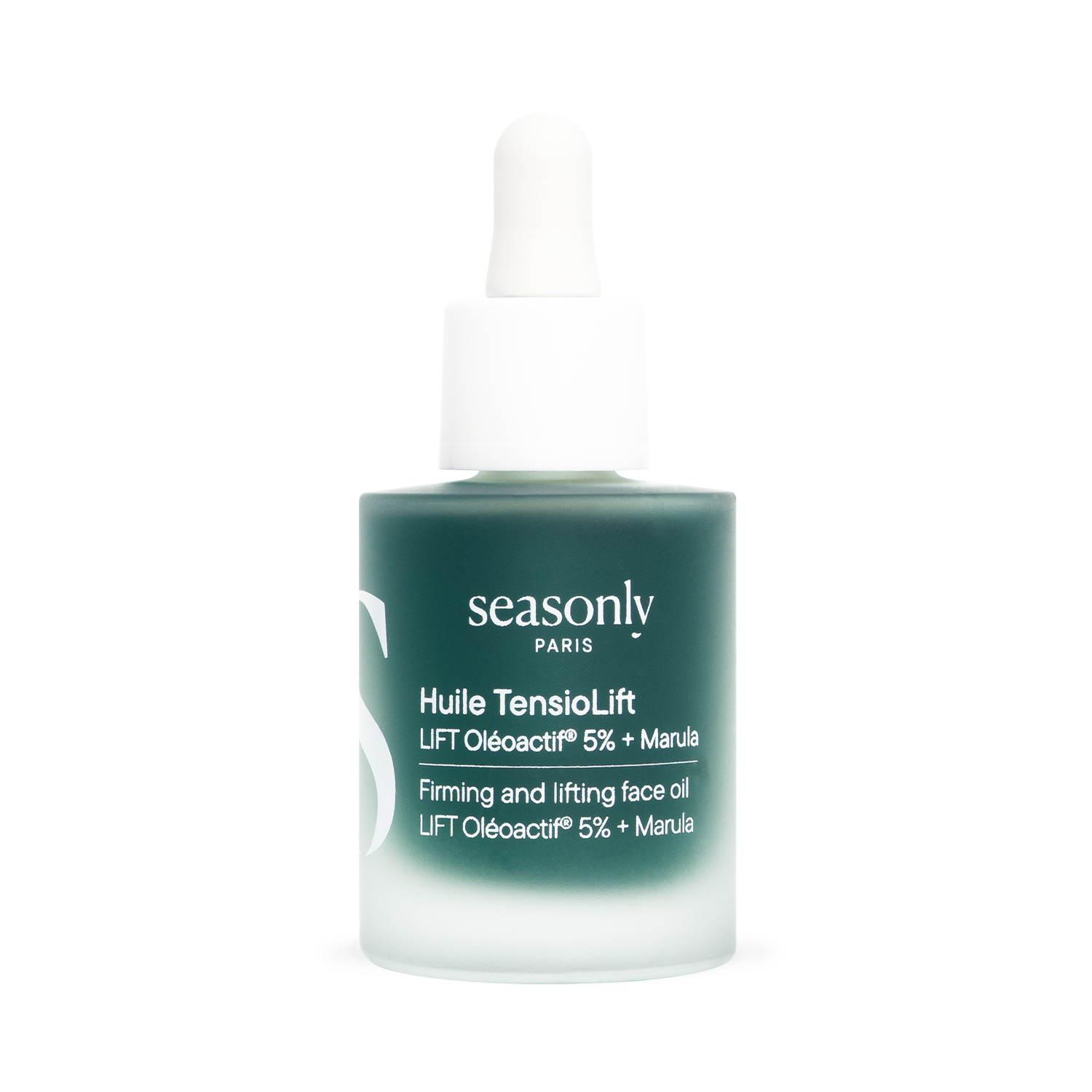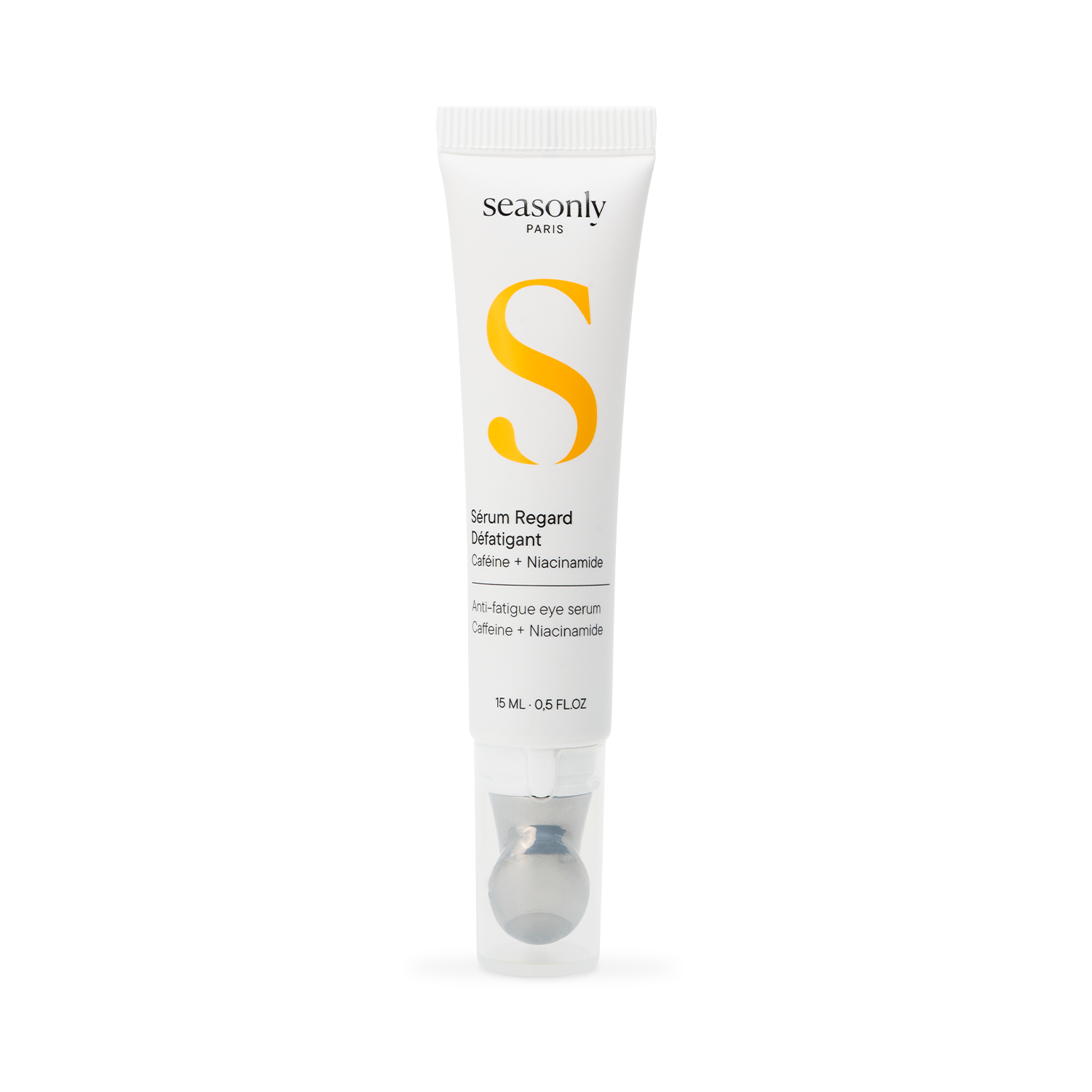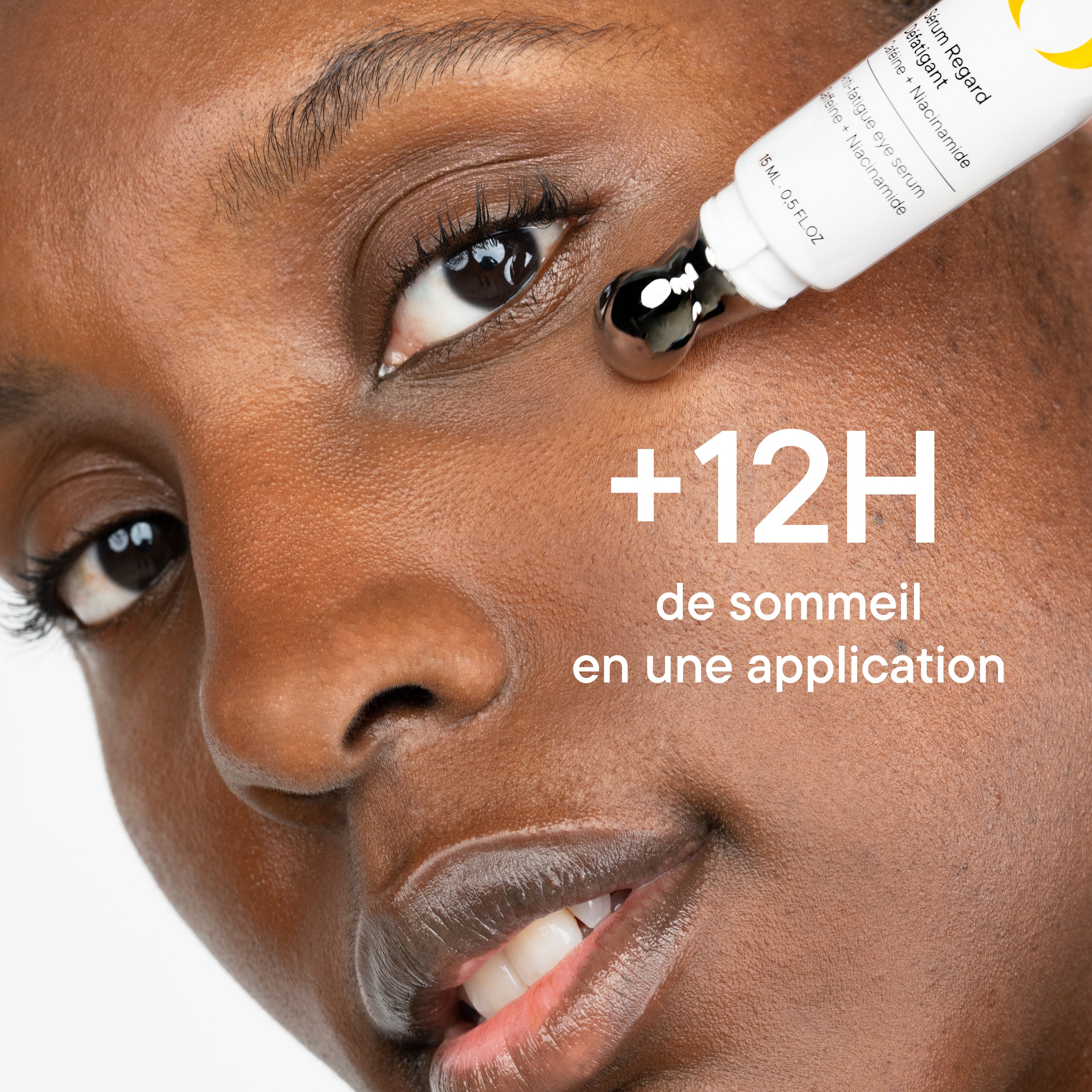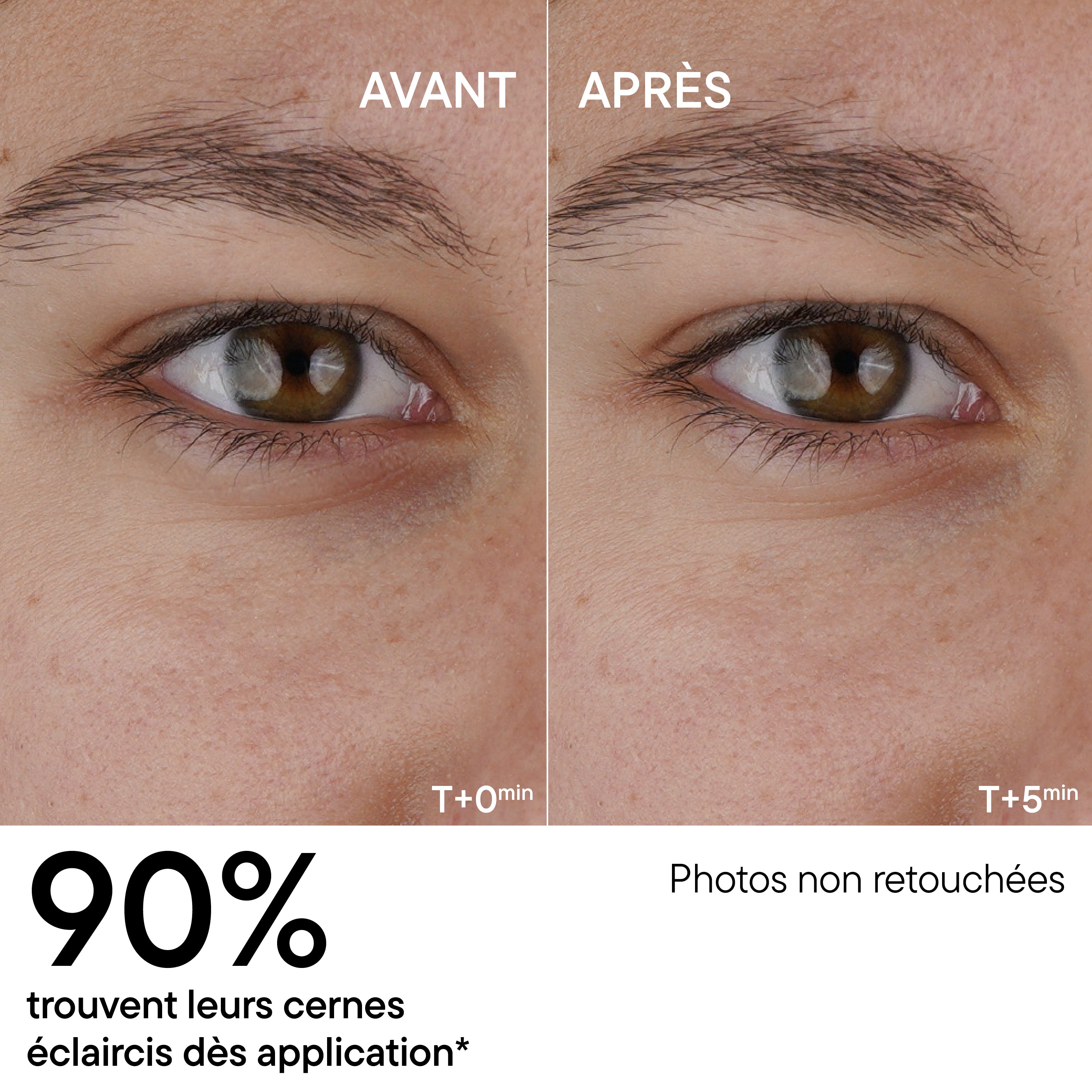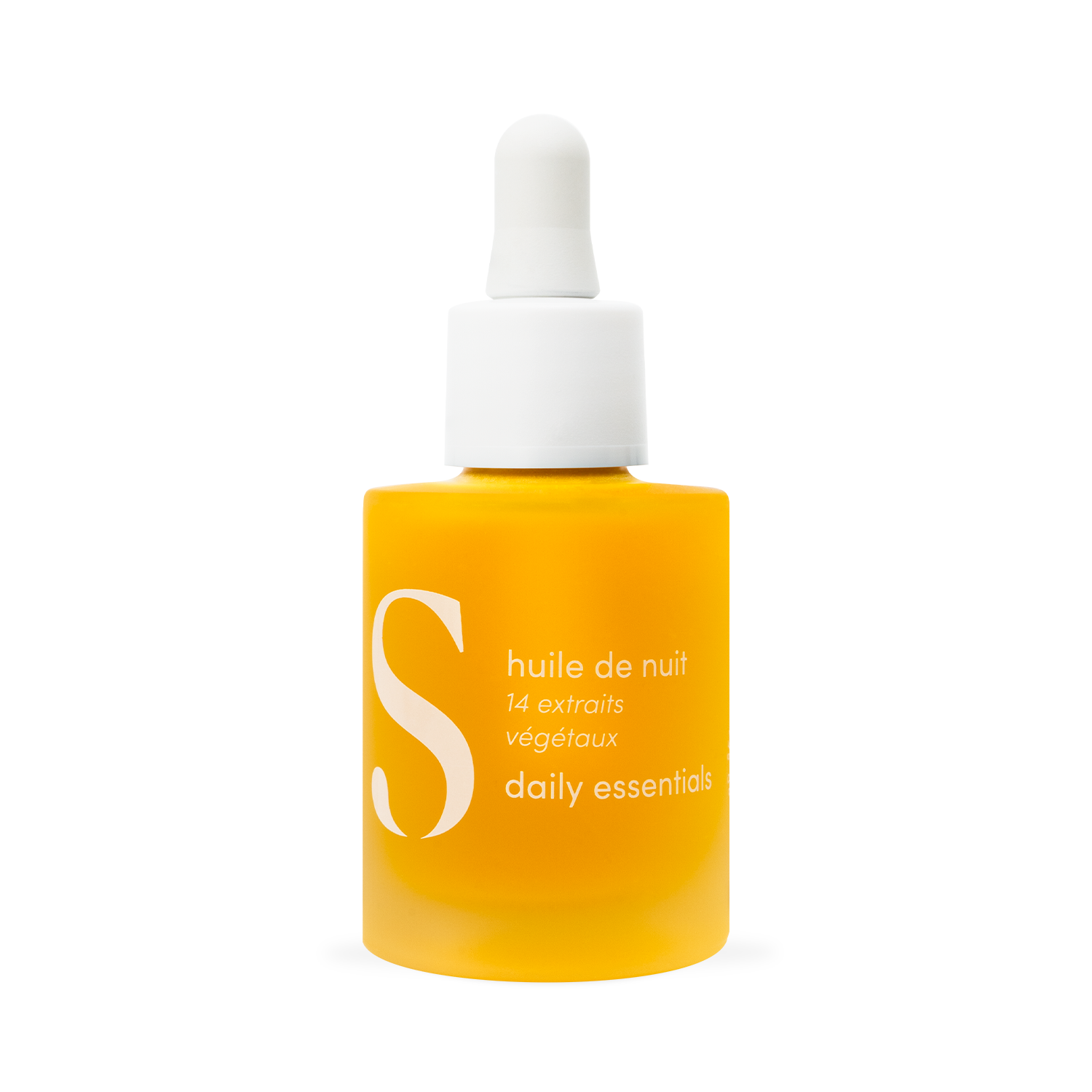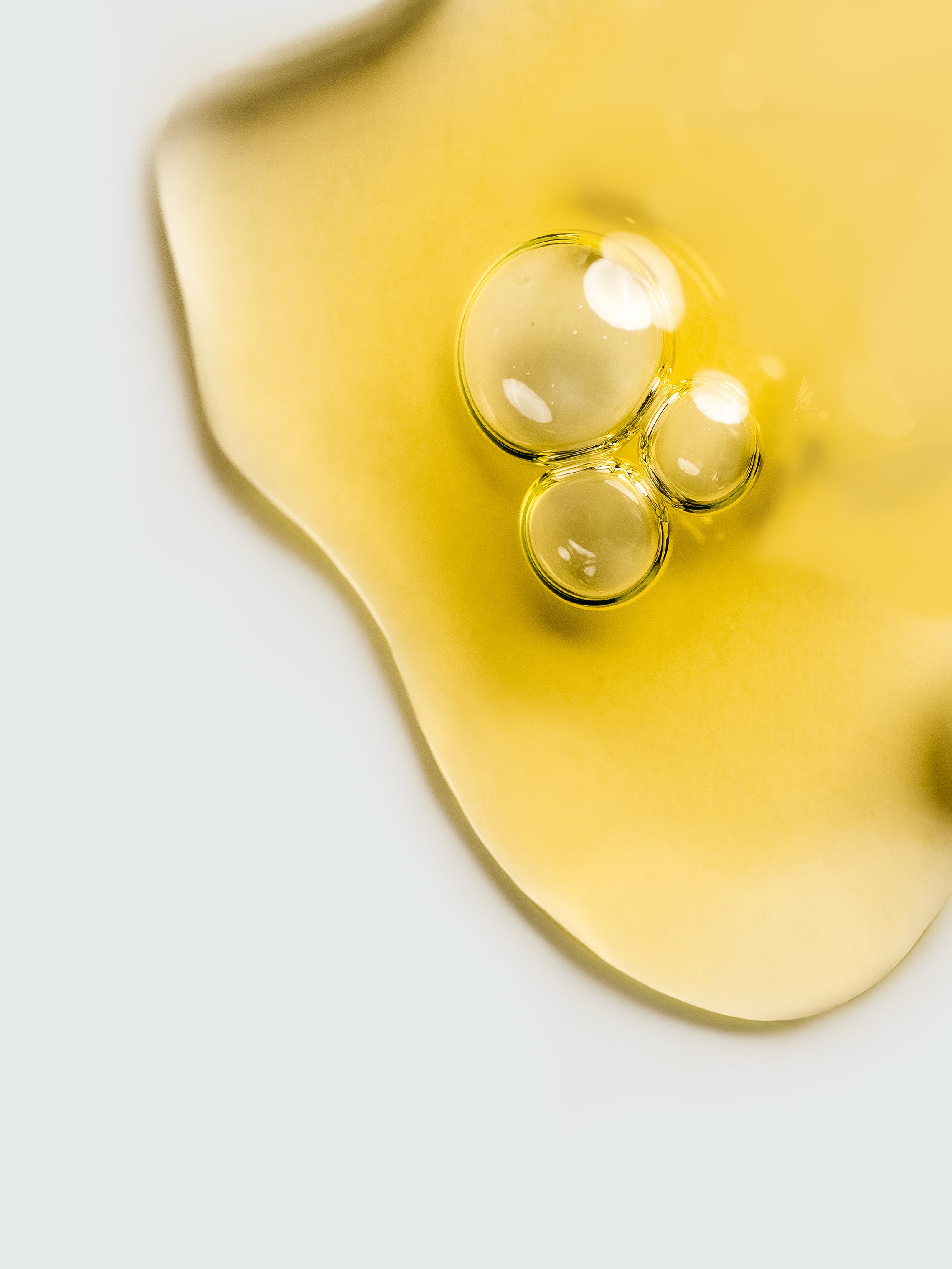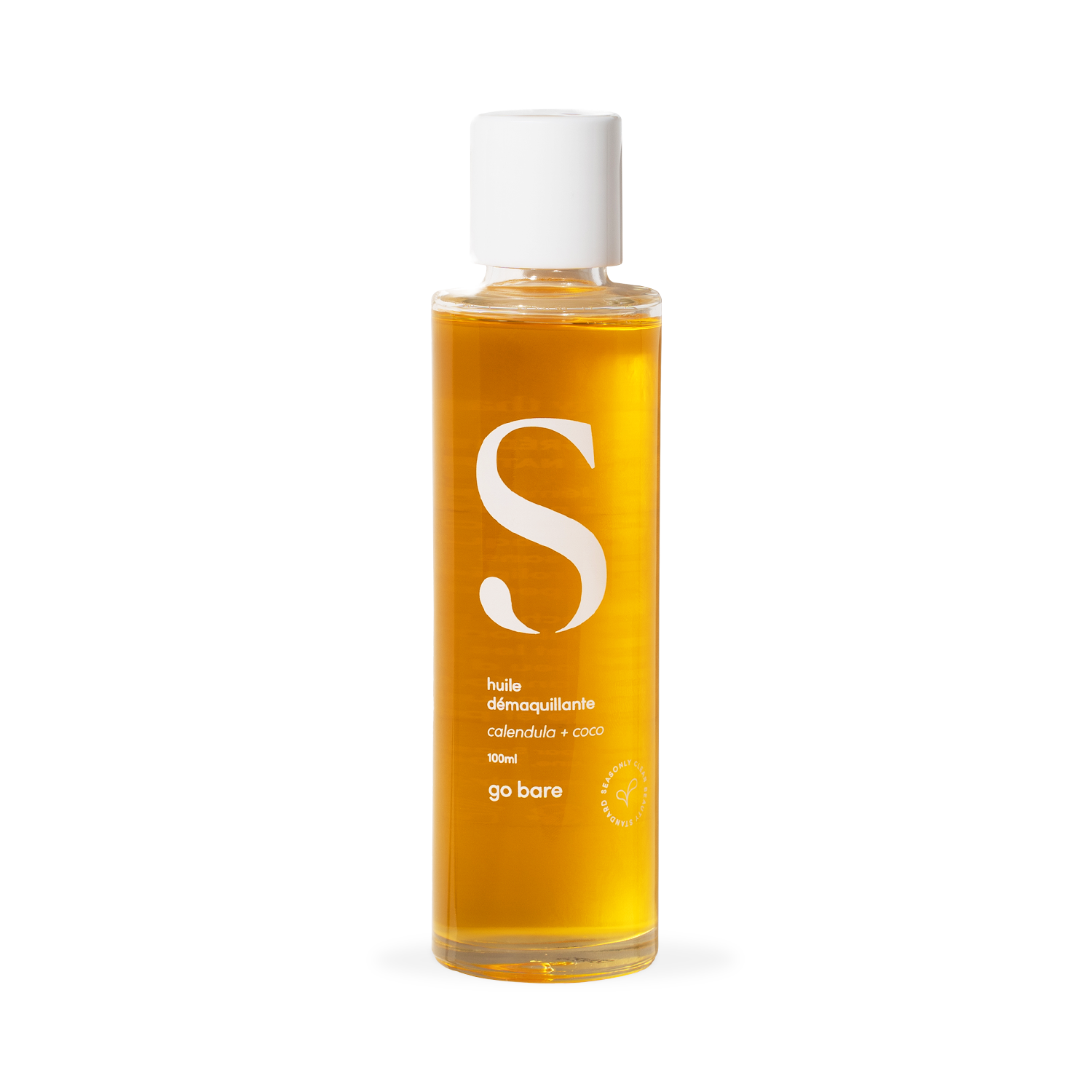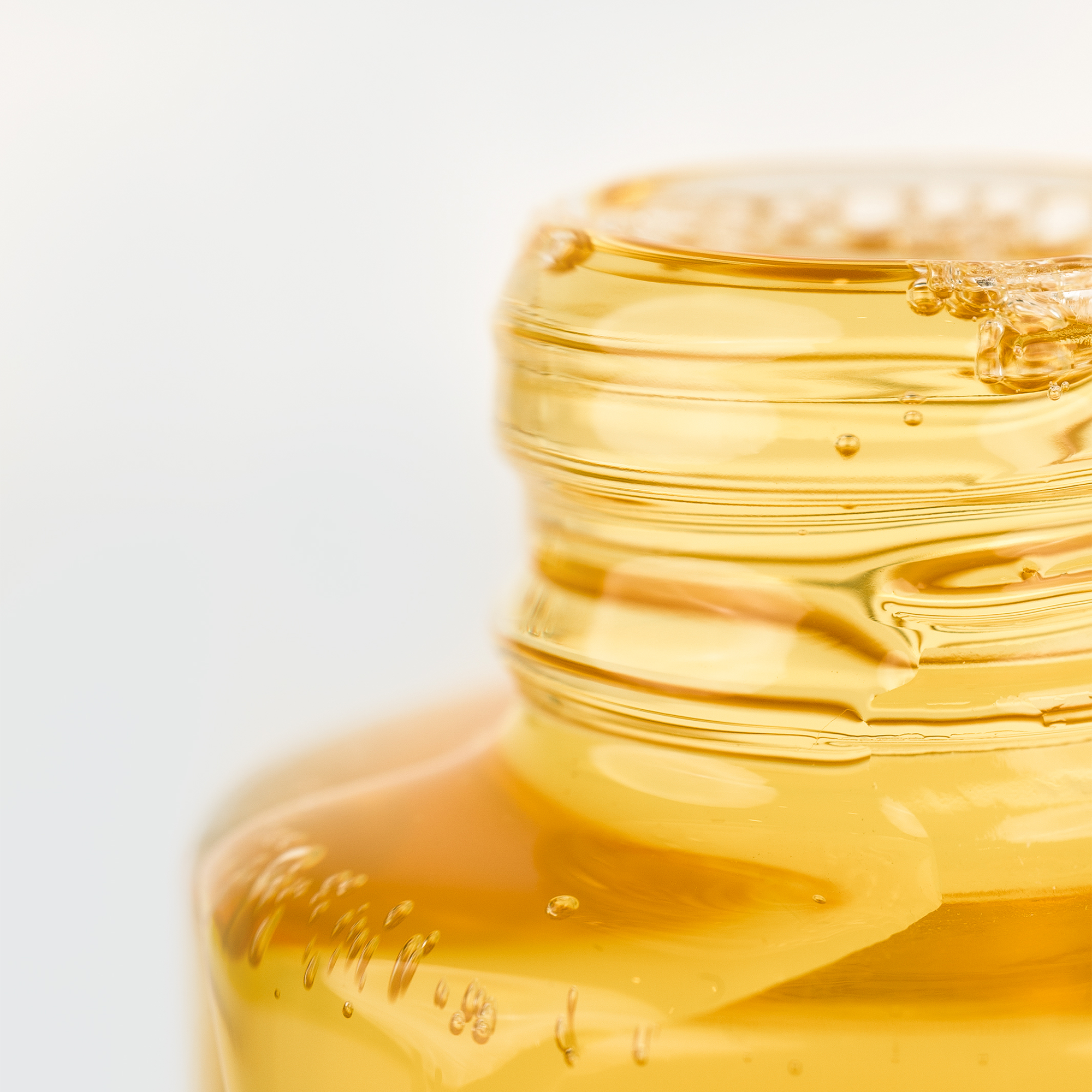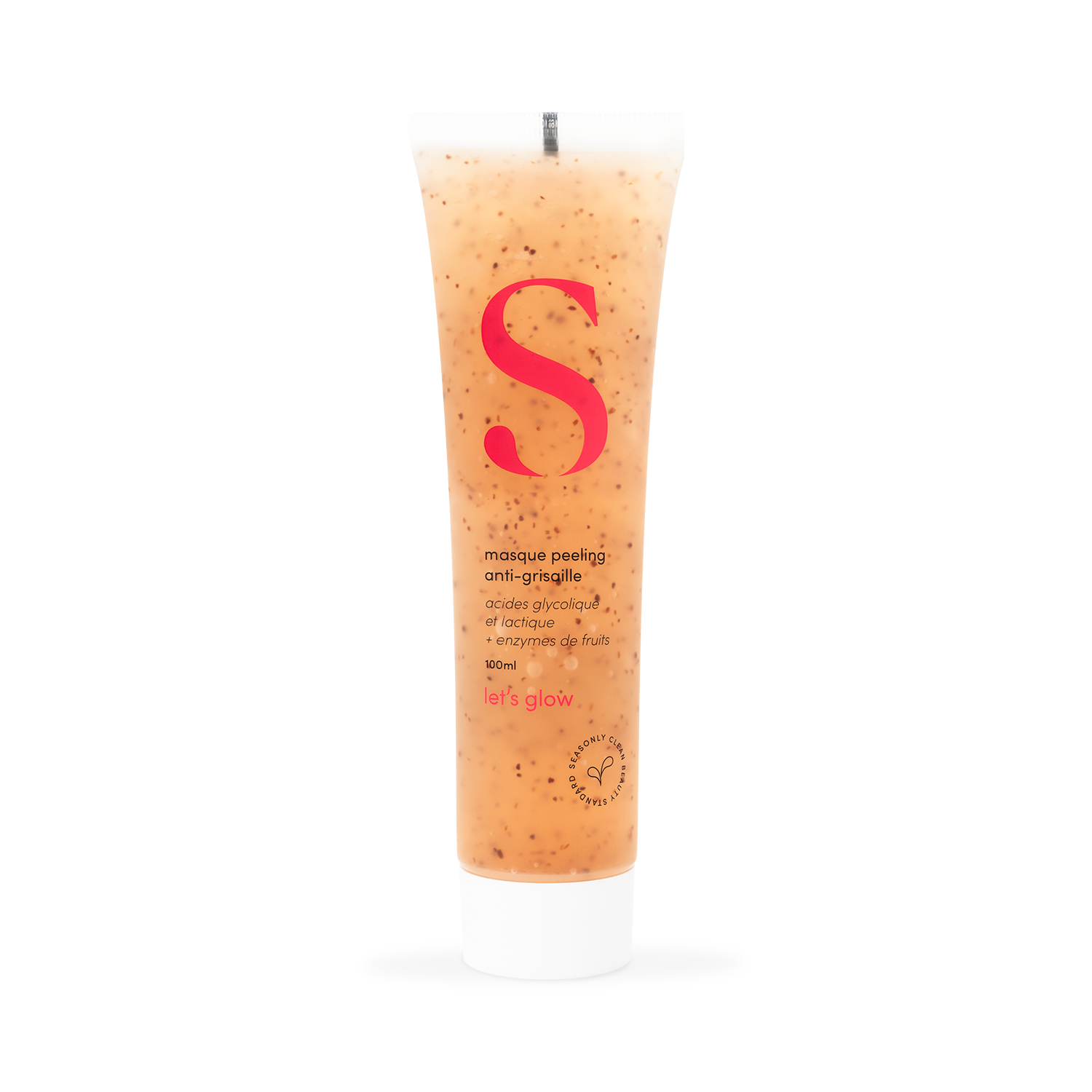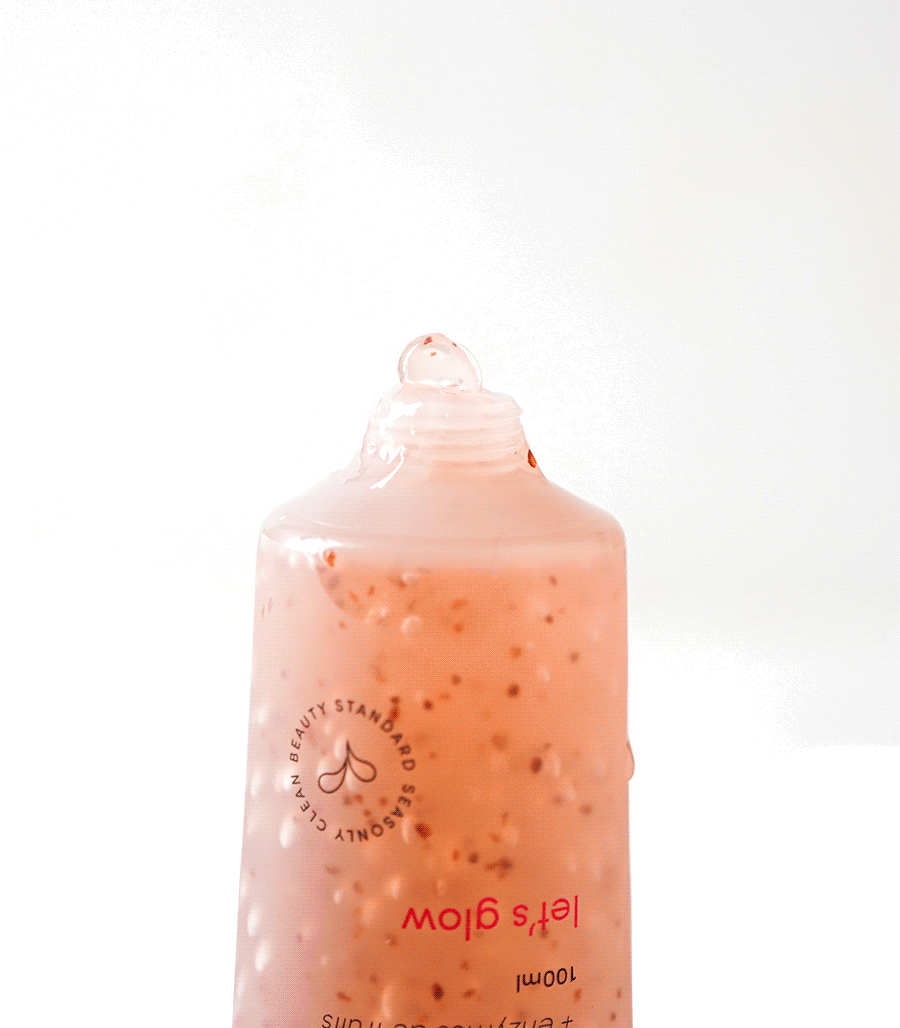Skin Flooding: Good or Bad Idea?
Have you heard of "Skin Flooding", this beauty trend from the United States which consists of "flooding the skin"? With 7.3 million views on TikTok, Skin Flooding is causing a sensation and could well transform your skincare routine.
Skin Flooding involves layering products with high hydrating power while moisturizing the skin between each step to fix water in the epidermis. This beauty trend promises to maintain optimal hydration of the skin, boost its freshness and give it a plump appearance. It follows the trend of Skin-Icing, which aims to improve skin texture through cold.
While some beauty professionals welcome this approach, others remain skeptical. Is skin flooding really the key to radiant skin or is it just a fad? Let’s find out through a scientific perspective.
What is skin flooding?
To understand skin flooding, it is essential to understand how skin hydration works. The skin has a skin barrier, primarily composed of lipids and ceramides, which plays a crucial role in regulating hydration. When properly maintained, this barrier prevents water loss and protects against environmental irritants.
Skin hydration relies on two main mechanisms: water supply (hydration) and water retention (occlusion). Moisturizers may contain humectants, such as hyaluronic acid, which attract water into the skin, as well as emollients and occlusives, which help seal water within the skin.
The key to “skin flooding” is to optimize this hydration. The idea is to layer moisturizing agents to seal moisture in the epidermis and maximize its daily water intake. How? By using a hydrating mist and two serums: the first, based on hyaluronic acid, serves to retain water in the epidermis, while the second, based on niacinamide, is a soothing active ingredient that relieves redness, irritation and inflammation.
Layering these three elements is crucial. Hyaluronic acid, which has a smaller molecular formula, should be applied first for optimal absorption. It is then topped off with the niacinamide serum, which has a thicker texture. Don't forget to apply the hydrating mist in between each step to maintain skin's moisture.
What are the steps?
If we summarize the steps of “skin flooding”, it is therefore sufficient to:
1/ Cleanse your skin with a gentle cleanser.
2/ Spray a hydrating mist.
3/ Apply the hyaluronic acid serum.
4/ Wait a few seconds for the skin to absorb the first layer, then repeat steps 2 and 3, this time applying the niacinamide serum.
5/ Finish the routine by applying your usual moisturizer. And that's it!
Is it recommended?
Yes and no, because the skin has a limited capacity to absorb water. Layers of moisturizers can improve surface hydration, but once the absorption capacity is saturated, additional layers do not necessarily penetrate deeper.
The theory behind skin flooding is that each layer improves hydration by adding to the previous layers. However, the scientific evidence supporting this theory is still limited.
So, it is interesting to integrate skin flooding into your routine from time to time, in skin cycling, but it is not advisable to do it every day. Excessive application of products can potentially disrupt the skin barrier, especially if the products used are not suitable or contain irritating ingredients. An overload of products can lead to irritations or skin reactions, especially in people with sensitive skin. It can also lead to the creation of milia grains for example - these are microcysts composed of keratin that are trapped under the outer layer of the skin. Often they come from the use of products that are too rich. They often appear around the eyes or on the neck.
The quality of the products used is therefore crucial. Moisturizers must be chosen carefully to avoid potentially comedogenic or irritating ingredients. In addition, layered products must be compatible to avoid unwanted interactions.
Every individual's skin is unique. What works for one person may not work for another. It's important to tailor your skin care to your specific needs.






